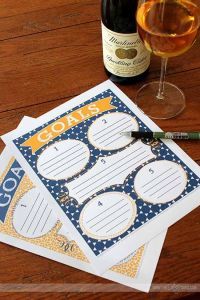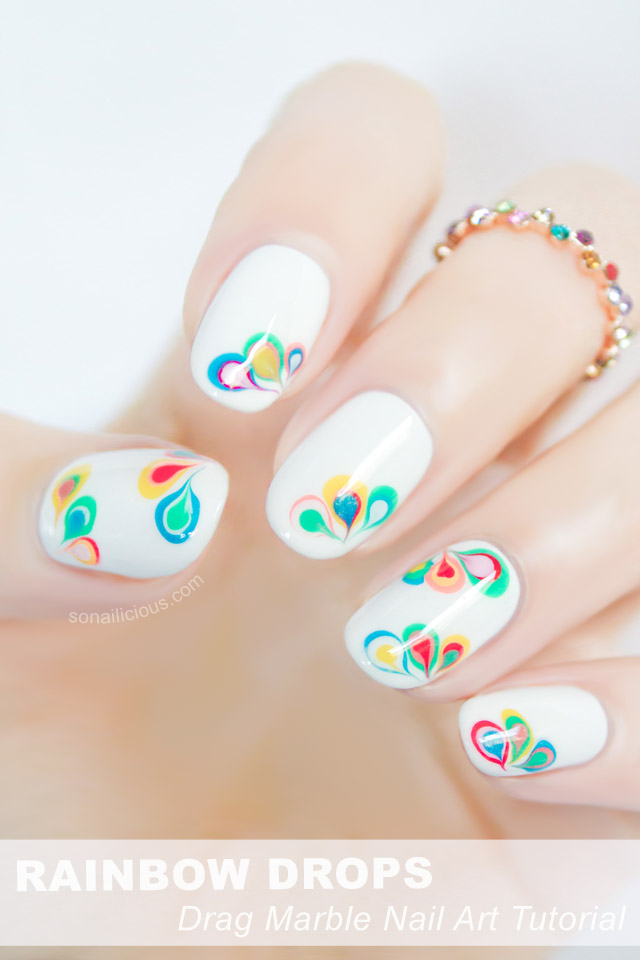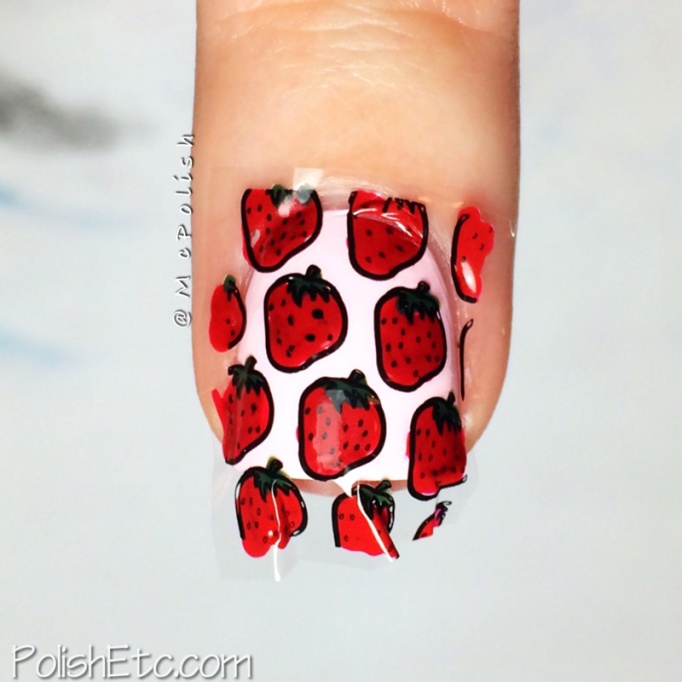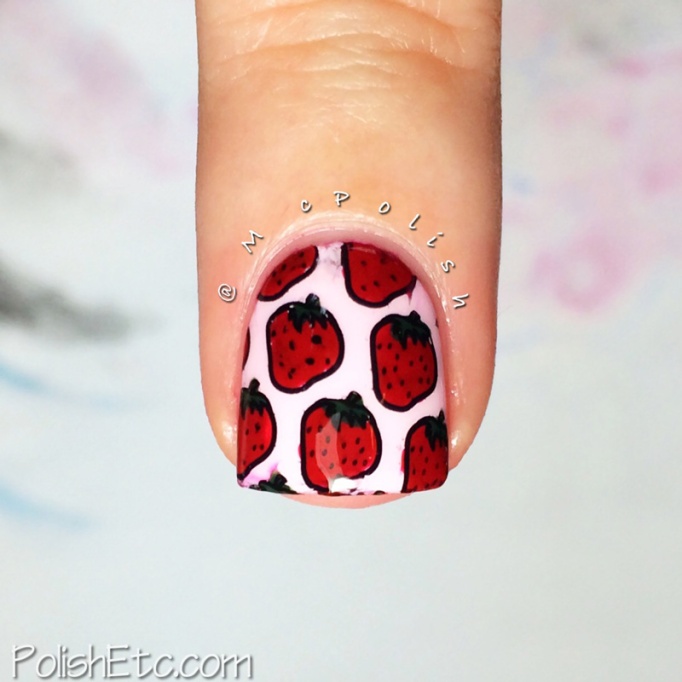
Make more money, lose weight, and live by the Golden Rule. These are some of the most popular New Year’s resolutions around, but the formula for a better future is variable. For some people, learning to manage stress is a more constructive goal than shedding a few pounds. For others, the New Year might be best spent reconnecting with old friends, or taking more time off work to recharge.
Come Jan. 1, one in three Americans will vow to make changes that better their lives. Most, however, will collapse long before reaching the finish line. About 75 percent of people who make New Year’s resolutions are on target a week later, but that figure drops to less than 50 percent by July, according to Health.com.
That doesn’t mean New Year’s resolutions should be abandoned before they even have the chance to come to light. It’s time to knuckle down. In the words of the venerated Oprah Winfrey, “Year’s end is neither an end nor a beginning but a going on, with all the wisdom that experience can instill in us. Cheers to a new year and another chance for us to get it right.”
Here are 15 habits and behaviors to adopt in 2015 to make this year better than the last.
1. Become a better time manager. Time is an invaluable asset and should be spent wisely. Learning where to expend energy, and where not to, has innumerable benefits, including less stress, more free time, fewer mistakes and improved production.
Forbes writer Jeff Boss suggests spending a week making a list of everyday distractions – the things that occupy time throughout the day but serve little purpose. Then eliminate them, or set aside an hour every day for tending to those diversions.
2. Manage your debt. The peace of mind that comes with taking control of debt can do wonders for overall health. The first step to getting on track financially is to get organized. Make a list of all debts, including minimum monthly payments and due dates. Create a bill payment calendar to remind you which payments are due when.
Figure out what order to pay off your debts. Perhaps you start with the debt with the lowest balance first. Credit card debt is often a good place to begin, according to About Money.

3. Go back to school. Furthering your education can be a great way to grow intellectually, find a new career path, or discover a sense of purpose. “Becoming a student again is a chance for you to reconnect with yourself,” Rebecca Little, a massage therapist in Boulder, Colorado, who attended Boulder College of Massage Therapy at age 45, wrote in 2009. “It is the opportunity to explore, find and create new interests and passions. You are able to let your guard down and become a student again, rather than always feeling the pressure of being the teacher, boss, mother, father, provider, mentor, etc.”
4. Make an effort with co-workers. We spend countless hours with the people we work with, but few of us take the time to get to know our colleagues. Building friendships in the workplace can actually relieve stress or tension in the office, according to the San Francisco Gate.
5. Be more mindful. Downtime can make many people uneasy – all those errands aren’t going to run themselves! – but getting off the hamster wheel every now and then is a must. “Having unknowns in your schedule and being OK with that can force you to really focus on what’s at hand,” according to Life Dev.
What it comes down to is learning to live in the moment, what some psychologists call “mindfulness.” Many of us schedule our every move, and then obsess over sticking to the plan. Few people allow room to improvise or to simply be still. Learning to be mindful – putting your attention on the present, rather than thinking about the past or planning for the future – can relieve stress, improve sleep, lower blood pressure and improve overall well-being, according to Harvard Health Publications.

6. Be a better listener. Cultivating strong professional and social relationships, as well as improving memory, are just some of the advantages of being a good listener. Eye contact and positive body language can go a long way in a conversation. Listening will help you better show support for others, resolve problems and build rapport.
7. Quit smoking. Smoking cigarettes is the leading cause of preventable deaths in the U.S. Each year, more than 480,000 deaths – about one in five – are linked to smoking, according to the Centers for Disease Control and Prevention.
Smoking increases the risk of heart disease or stroke by two to four times, lung cancer in men by 25 times and lung cancer in women by 25.7 times. Make 2015 the year to drop the bad habit. Start by setting a quit date, spread the news to family, co-workers and friends, and discard all cigarettes, lighters and ashtrays from your home, car and office. Most importantly, talk with a doctor about developing a quitting program that’s right for you.
8. Log in some volunteer hours. Volunteering is a great way to make a difference in someone else’s life, build self-confidence, develop new skills, foster friendships and cultivate a sense of purpose. Find something you enjoy doing, and commit a few hours a week or a month to giving back.

9. Reconnect with estranged friends or family. Holding grudges can be toxic. It’s time to exorcise the old demons that foster ill will toward others. The first step toward mending a broken relationship is to own up to a mistake. “The easiest part of any relationship breakdown is to place blame on the other of how they wronged, hurt, offended or betrayed you,” Mike Wasilewski and Althea Olson of Law Officer wrote in 2012. “What’s harder, but more crucial, is to look in the mirror first and foremost in order to take ownership of what you contributed to the conflict.”
The next step is to offer up some solutions. Simply calling attention to a problem doesn’t do much to change the past. “The plan may or may not be elaborate,” Wasilewski and Olson wrote. “It may be as simple as pledging to get together in person or by phone quarterly to catch up, a conscious effort to include them on your holiday card list or making time to stay connected via social media.”
Finally, give it time. Mending past wrongs can be emotionally taxing. Don’t try to rush the process.
10. Eat better. Reducing the risk of heart disease, boosting energy, fighting disease and improving mood – these are just a few of the many benefits of having a healthy diet. It’s easy to get into a routine of eating out. Making a run to the deli or burger joint for lunch during work might seem convenient, but all of those calories end up costing more than an hour’s wage. Make a point to pack your own lunch for work, a lunch of fruits and vegetables and protein.

11. Try new foods. The adage that variety is the spice of life holds true. Exploring new culinary traditions can be fun, engaging. Get adventurous! Make a point to try a new recipe once a week. Learning to give something new a try is a lesson that will take you far in life.
12. Get enough sleep. The average adults needs between seven and eight hours of sleep a night, according to Mayo Clinic. It’s one of the best ways to keep your body and mind in tip-top shape. A good night’s sleep has been linked to less stress, increased alertness, reduced inflammation and may even prevent certain cancers.

13. Make time for exercise. Just 20 minutes a day of moderate physical activity can boost energy, improve mood and keep certain dangerous health conditions like high blood pressure at bay. Walking, swimming and mowing the lawn fall into the category of moderate exercise. Exercise doesn’t have to be tedious. In fact, it can even be fun. Take a dance class, go hiking or join a local sports team to get the blood flowing.

14. Take a trip. The benefits of taking a vacation are many and can contribute to a positive attitude and improved emotional health, according to USA Today. “Vacation should be really defined as a time when we can really turn off those tech work savers and just relax and have fun,” Robert R. Butterworth, a Los Angeles psychologist, told ABC News. “If you have a job that’s very creative and you don’t take time off you hit a wall and you need a change. The break will allow you to refresh your brain cells.”

15. Be kind to yourself. Above all else, remember that it’s OK to make mistakes along the way. Be kind to yourself – the process of making improvements to our daily routines is a marathon, not a sprint. Self-love can go a long way toward a healthier lifestyle.

“Emotions that are cultivated in the mind often manifest themselves somewhere on the human body,” according to Tiny Buddha. “A dull ache in the stomach can translate to a gut full of worries.”
Adapted from: ibtimes.com



























